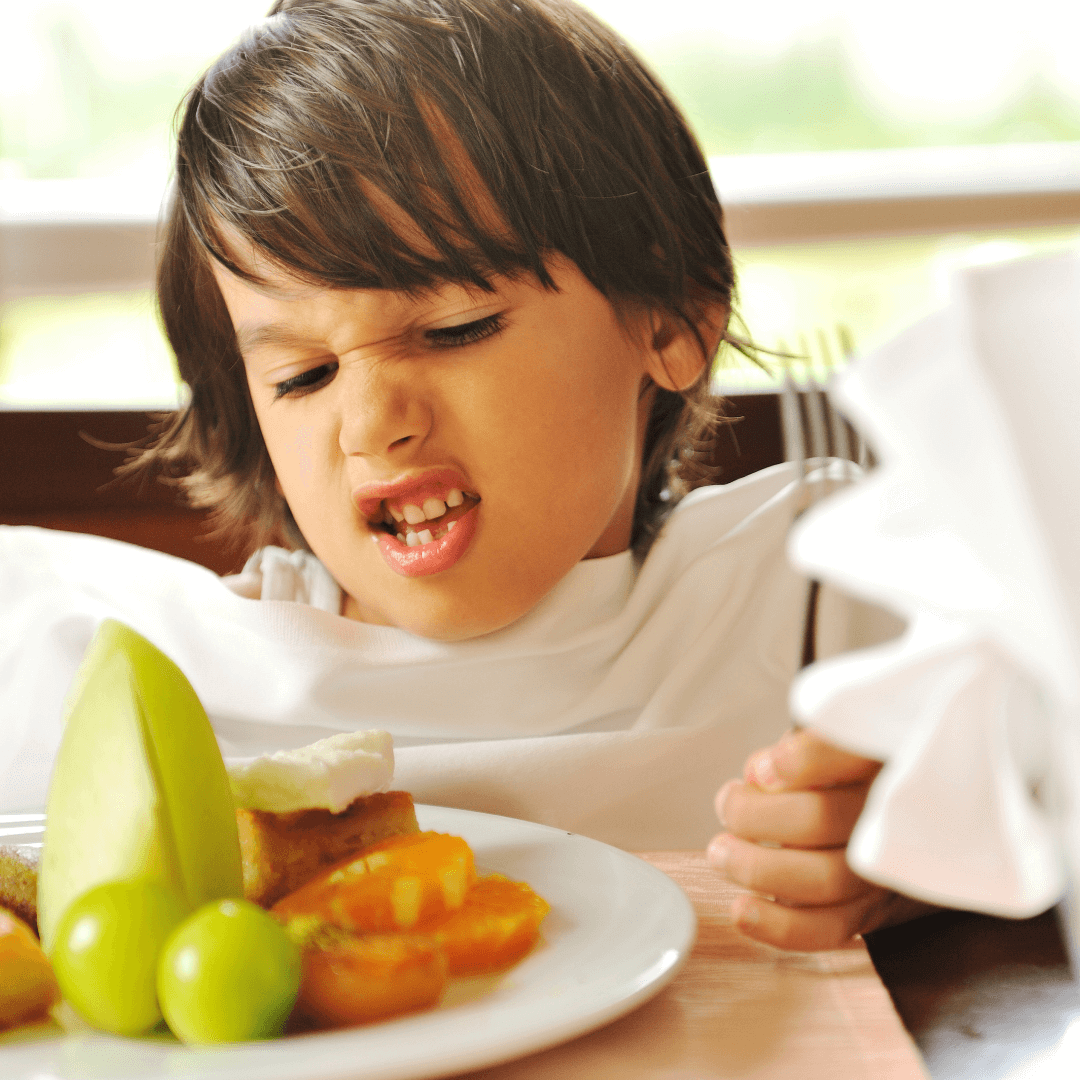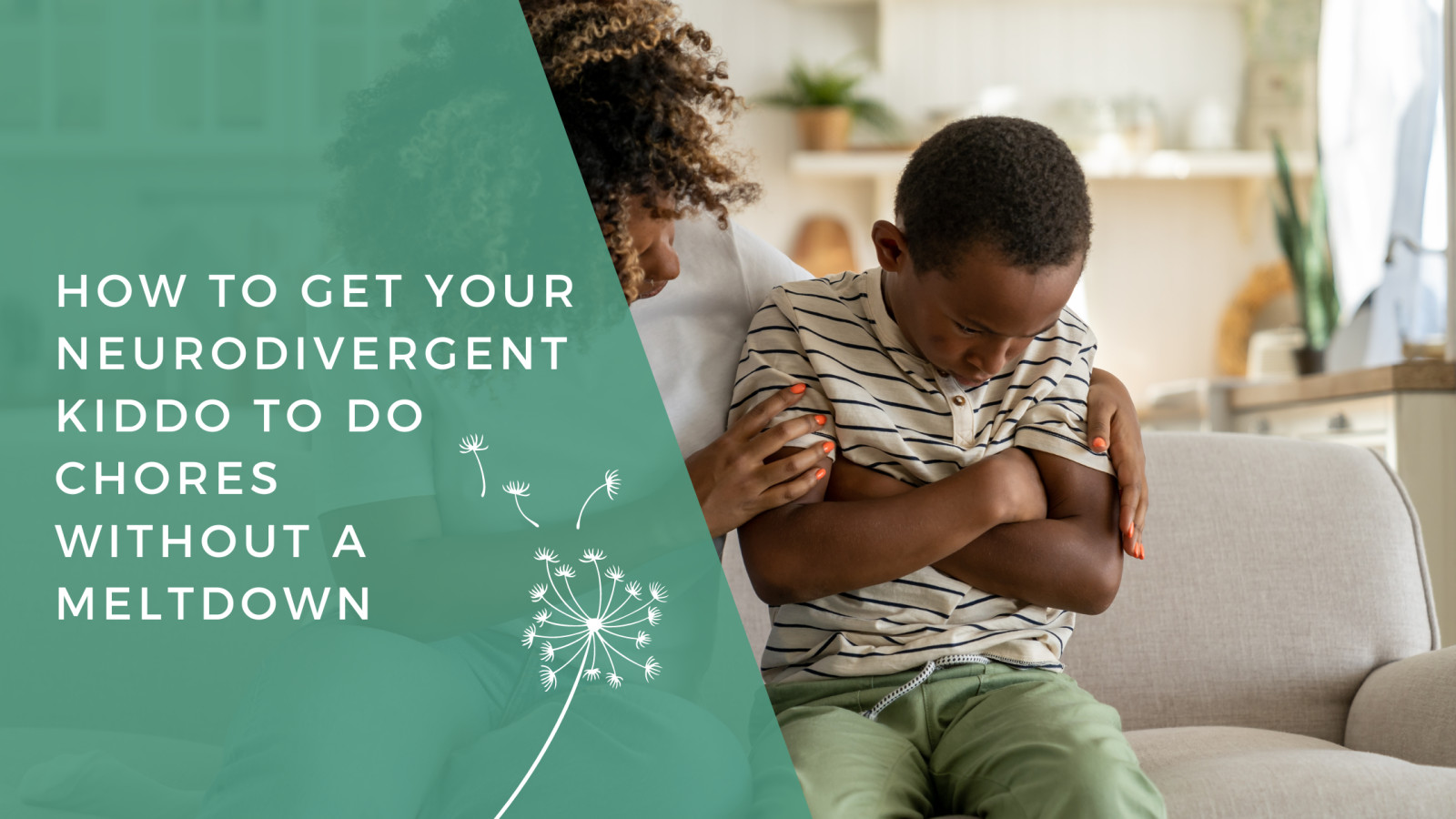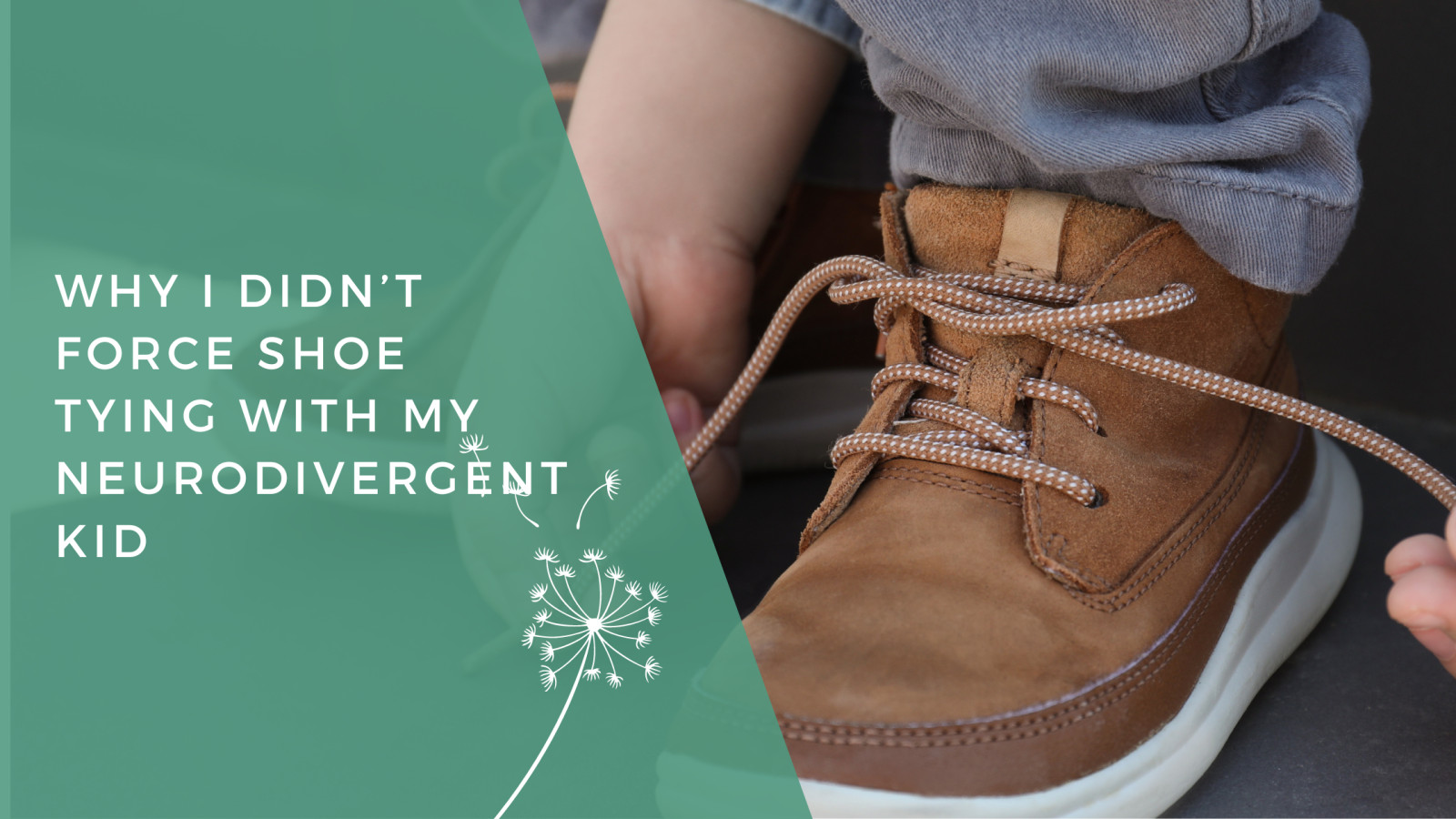
In the blog post "Why I Didn't 'Just Cut Off' My SPD Kiddo's Hair," the author addresses common advice given to parents of children with Sensory Processing Disorder (SPD) to simply cut their children's hair if they struggle with its care. The post emphasizes the importance of autonomy for SPD children, acknowledging that they often have limited opportunities for self-expression due to sensitivities to clothing and other stimuli. Allowing a child to choose their hairstyle can be a critical aspect of their identity and personal agency.
The author warns against the potential trauma that forced haircuts can induce, noting that SPD children already face significant fear and anxiety. A forced haircut can exacerbate these feelings, creating negative associations and increasing trust issues. This approach, while seemingly a quick fix, may ultimately lead to more significant emotional and psychological problems in the long term.
Instead of opting for drastic measures, the post advocates for finding better solutions that preserve the child's autonomy and trust. There are tools and strategies to make hair brushing and washing less stressful for SPD children, and it is perfectly acceptable if their hair occasionally looks untamed. By investing extra thought and time into addressing these challenges, parents can help their children manage sensory issues while maintaining their self-identity and confidence.
Read more...
Hair brushing is a routine task that can be particularly challenging for children with Sensory Processing Disorder (SPD) due to heightened sensitivity, resulting in discomfort and anxiety. Effective solutions include gradually introducing hair brushing through desensitization techniques, using soft-bristled brushes or wide-tooth combs, and applying pure, therapeutic-grade essential oils like Lavender and Cedarwood to calm the scalp. Establishing a consistent, comforting routine, allowing the child to make choices, and using distraction techniques can also help make the process more manageable and enjoyable.
Parents can further ease the hair brushing experience by understanding their child's specific challenges and preferences. Creating an environment that includes soothing elements and incorporating the child’s input can reduce anxiety and improve cooperation. Above all, patience and empathy are crucial, as these approaches ensure a more pleasant and stress-free grooming ritual for children with SPD.
Read more...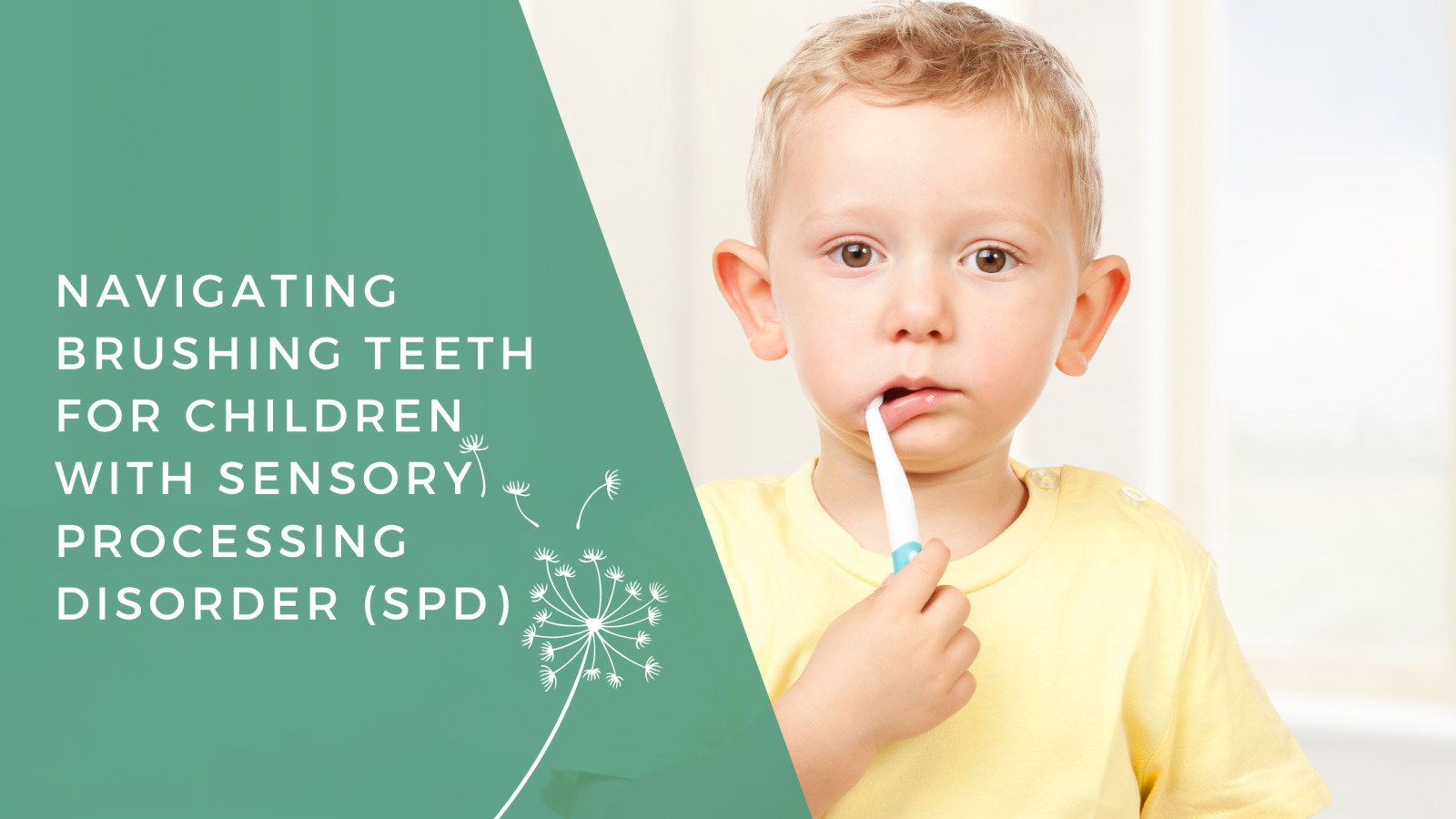
Tooth brushing can be particularly challenging for children with Sensory Processing Disorder (SPD) due to heightened sensitivity to textures, tastes, and sensations. Parents can support their children by understanding these sensitivities and using specially designed tools and strategies. Recognizing that refusals and meltdowns are responses to sensory overload is the first step, followed by employing the right tools and employing patient, creative approaches.
Meeting sensory needs before starting the nighttime routine is essential for children with SPD. This could include sensory exercises like jumping, swinging, or wrestling, which help children feel balanced and secure. Incorporating these activities can make unpleasant tasks like tooth brushing more manageable and less distressing for them.
Investing in special toothbrushes with soft bristles, gentle vibrations, and textured handles can significantly improve the brushing experience for children with SPD. Likewise, opting for sensory-friendly toothpaste that is flavor-free, non-foaming, and made from natural ingredients can also reduce discomfort. Making brushing fun with apps, role play, and visual cues like timers can turn this challenging activity into a more positive and even enjoyable experience. With understanding, specialized tools, and persistence, tooth brushing can become a manageable part of your child's daily routine.
Read more...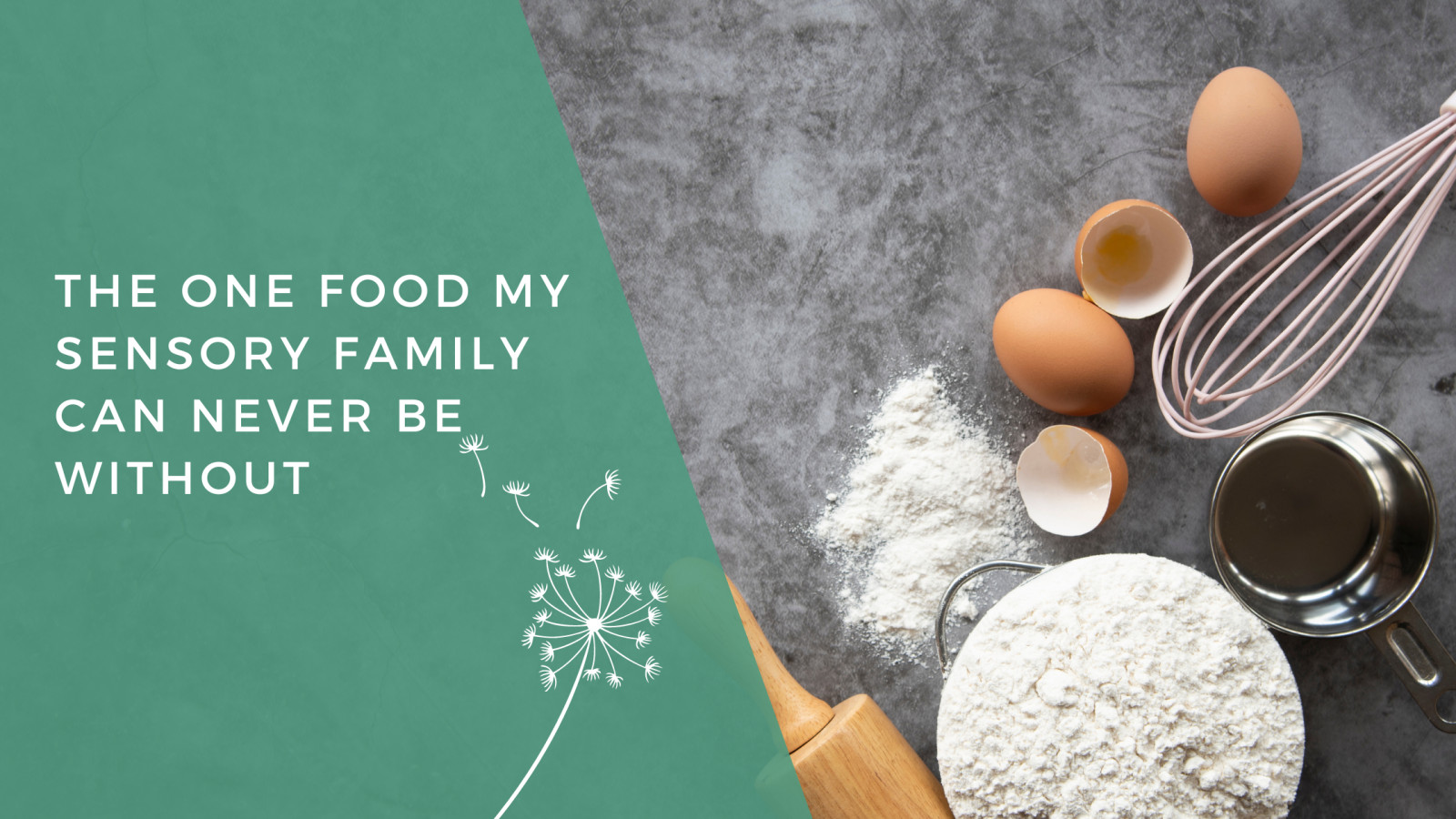
Struggling with sensory eating issues can be a challenge for many families, but muffins might be a game-changer. Incorporating a favorite food like muffins, which can be tweaked to suit different tastes and nutritional needs, has made a significant difference in our lives. Our go-to is a pumpkin chocolate chip version, which not only provides essential nutrients but also is enjoyed by everyone in the family.
Muffins are versatile; you can easily adapt them with flavors your child already likes while sneaking in extra vitamins and nutrients. They’re packed with over 18 grams of protein and can even hide extra fruits, vegetables, and supplement powders. This makes daily meals less of a battle, as they’re readily accepted by sensory-sensitive kids.
A few practical tips include using a high-protein pancake mix as a base, substituting ghee for butter for a lactose-free option, and investing in silicone muffin tins for eco-friendliness and easy cleaning. Preparing them in bulk and freezing a batch ensures you always have a quick, nutritious breakfast ready. Try out different flavors to see which ones your sensory kiddo enjoys most and watch them savor a meal you can feel good about.
Navigating the challenges of having a sensory-sensitive child can be tough, especially at mealtime. However, one versatile food has become a lifesaver for our family: muffins. Packed with over 18 grams of protein and essential vitamins, these muffins cater to my child’s sensory needs and offer a sneaky way to include fruits and vegetables in his diet.
Muffins are perfect for kids who tolerate soft bread textures and can be customized to suit their flavor preferences, whether it's chocolate, blueberry, or banana. Our family's favorite is pumpkin chocolate chip muffins, which not only taste delicious but also provide a nutritious option for breakfast, lunch, snacks, and even dessert. The recipe allows flexibility in ingredients, making it easier to introduce new flavors or hide multigreen supplements.
Using a high-protein pancake mix as a base, along with ingredients like applesauce and ghee, ensures the muffins are nutritious and easily digestible for my sensory child. Silicone muffin tins have become our go-to for an eco-friendly, easy-to-clean baking solution. This muffin recipe has become an essential part of our routine, making busy school mornings manageable while ensuring my child gets the nutrients he needs.
Read more...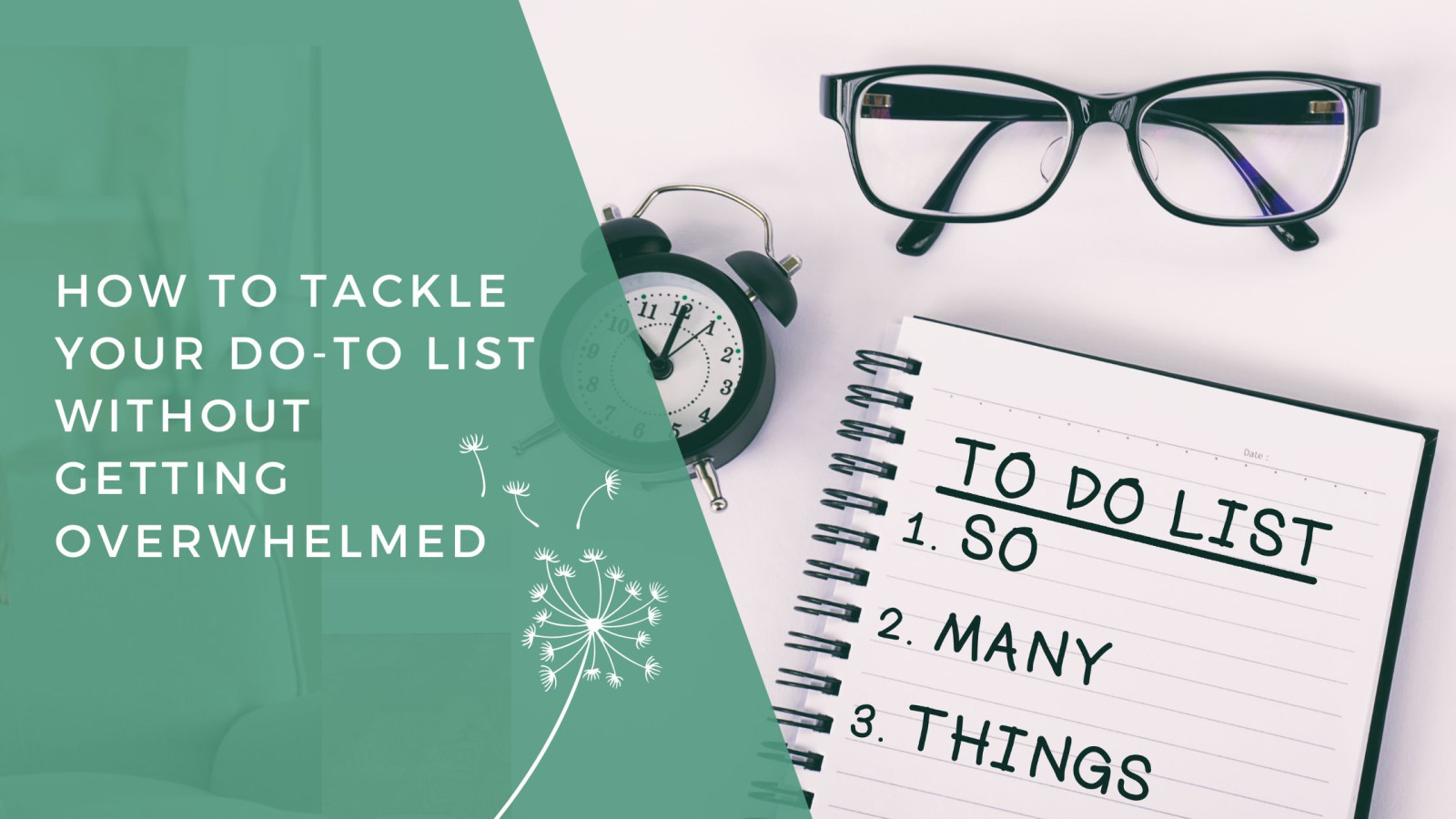
Struggling with a never-ending to-do list? You're not alone. A straightforward approach with just a lined notebook, a pen, and possibly some highlighters could make all the difference in managing your tasks without the overwhelm of complicated planners.
Start by performing a "brain dump"—write down every single to-do item, no matter how trivial. This helps clear your mind and reduce mental clutter. Next, prioritize these tasks using a simple system: mark the most urgent tasks with a "1" or a red highlighter, less urgent but timely tasks with a "2" or a yellow highlighter, and least urgent tasks with a "3" or a blue highlighter.
Finally, tackle your list starting with the highest priority items. Not only will this method help you get things done more efficiently, but it will also give you the rewarding experience of crossing off completed tasks. By implementing this system whenever you feel overwhelmed, you can reclaim control over your to-do list and find greater peace of mind.
Are you feeling overwhelmed by an endless mental to-do list? There’s a straightforward method to manage your tasks without an intricate planner. Using a simple notebook, take 15 minutes each week to transfer every task from your mind to paper, alleviating mental clutter.
Once everything is written, prioritize your tasks using a color-coded or numbered system based on urgency. Immediate tasks get top priority with a red highlighter or a "1", while non-urgent tasks can wait, marked in blue or as "3". Medium-priority tasks that need attention but aren't urgent are highlighted in yellow or labeled as "2".
Finally, focus on completing the most urgent items first. Crossing tasks off your list feels highly rewarding. This uncomplicated approach helps ease feelings of inadequacy and overwhelm, making it enjoyable to manage your responsibilities.
Read more...



